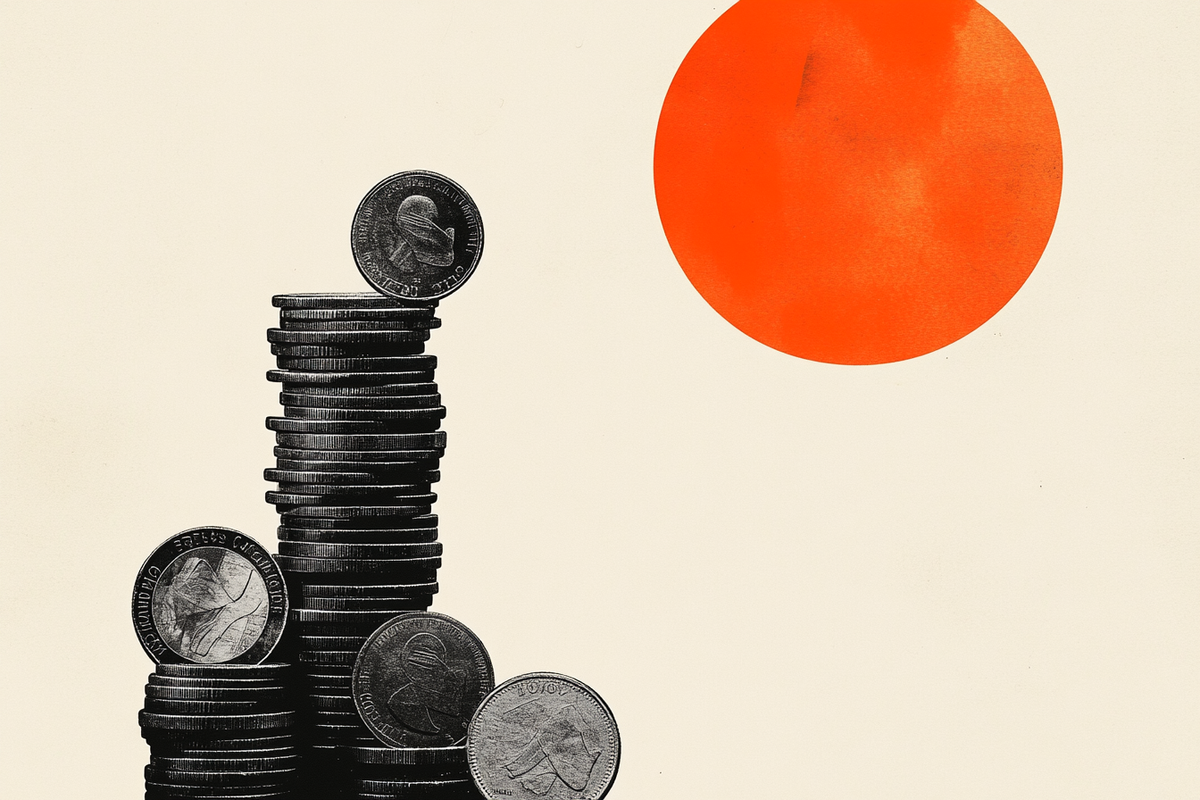Why the UK’s first quarter growth surge looks strange

The UK economy roared back to life in the first quarter after stagnating through the second half of last year. Or did it? We're not sure the data is an accurate guide to what's going on beneath the surface.
On the face of it, Britain is booming. Output rose by 0.7% during the first quarter, having seen essentially no growth through the second half of last year.
Is this a Trump effect? Maybe a bit. Manufacturing was up by 0.8% in the first three months of the year, and we know that transport equipment – the major export to the US – drove the bulk of that growth. Data from the Society of Motor Manufacturers & Traders (SMMT) shows that the volume of cars made for export rose 30% year-on-year in March. Clearly not all of that will have been exported to the US or indeed manufactured in time to avoid tariffs. But at least some of the 1Q bump was presumably linked to front-loading.
But we think there is a more basic problem emerging here, which is that every year since 2022, GDP growth has been stronger through the first half of the year (particularly 1Q) than in the second. Indeed, last year’s first quarter was even stronger than this year’s. That’s evident if you look at year-on-year GDP growth, which actually slowed to 1.3% in the first quarter of 2025, from 1.5% in the fourth quarter of 2024.
Since 2022, real GDP growth has been stronger in the first half of the year

Source: Macrobond, ING calculations
It's hard to pin down exactly why we’re seeing this trend. Remember that GDP data is supposed to be adjusted for seasonal patterns, but the extreme volatility during Covid has made that task harder. In addition, the period of high inflation does seem to have changed some pricing habits, in that a lot of price rises are now more concentrated in the first few months of the year.
What could be happening is that the deflator, which adjusts the GDP data for price changes, isn’t fully accounting for those seasonal inflation shifts, and perhaps we’re seeing less accurate seasonal adjustment in general.
Year-on-year growth actually slowed in 1Q

Source: Macrobond, ING
All that aside, the UK outlook does look 'ok', even if first-quarter GDP probably heavily overstates the underlying pace of growth. Uncertainty surrounding global trade is a headwind, though the direct impact of tariffs on the UK looks negligible. Remember too that government spending is rising significantly this year and that will be a firm tailwind.
Real wage growth has also been consistently positive, even if this hasn’t fully translated into consumer spending growth over the past year or two. And though the jobs market is cooling, we've not seen a rise in layoffs as a result of the recent National Insurance (social security) hike, despite plenty of pessimism in hiring surveys over recent months.
The strong start to 2025 suggests annual GDP growth should come in a touch above 1% this year, even if we start to see a repeat of the past few years, where momentum has faltered through the summer and autumn.
Read the original analysis: Why the UK’s first quarter growth surge looks strange
Author

James Smith
ING Economic and Financial Analysis
James is a Developed Market economist, with primary responsibility for coverage of the UK economy and the Bank of England. As part of the wider team in London, he also spends time looking at the US economy, the Fed, Brexit and Trump's policies.

















